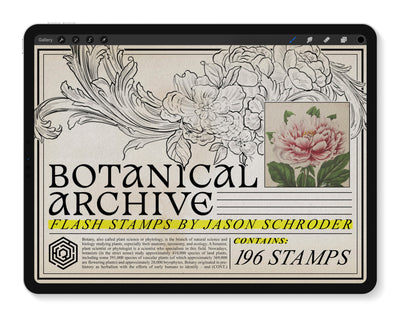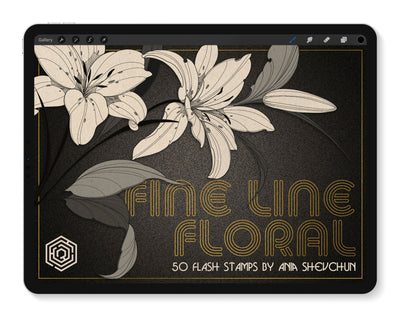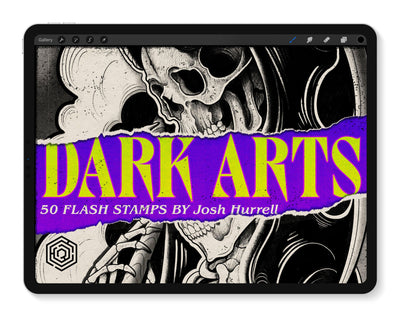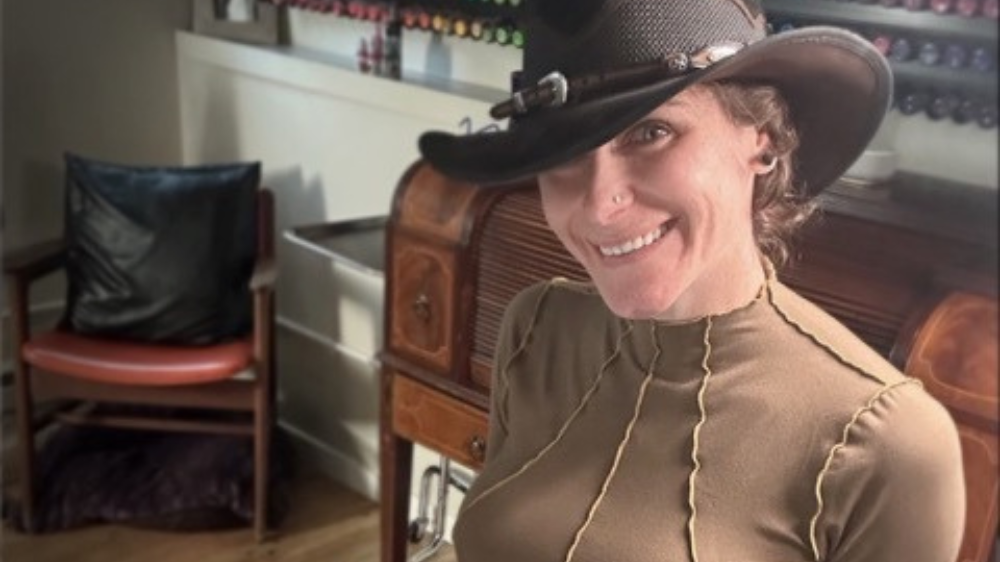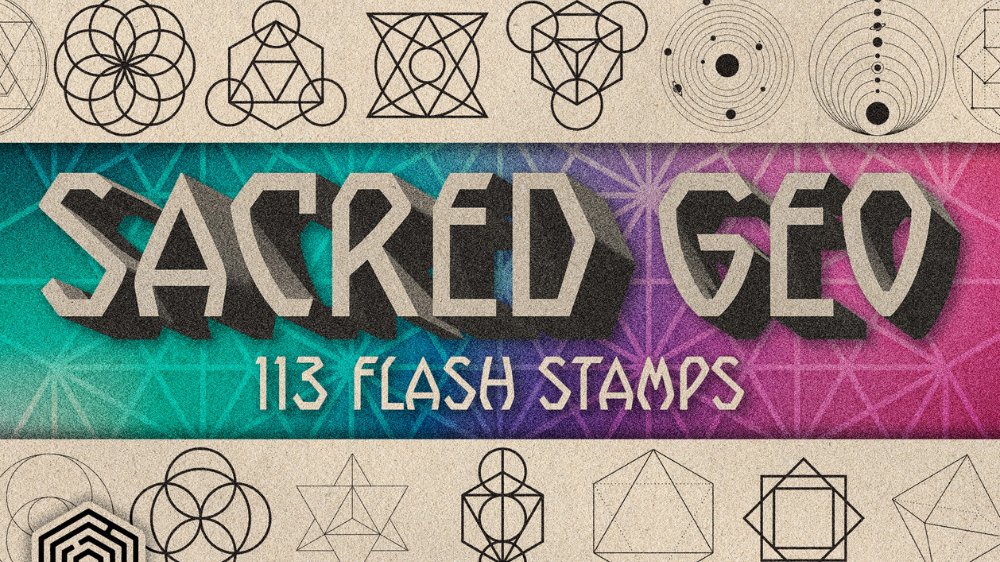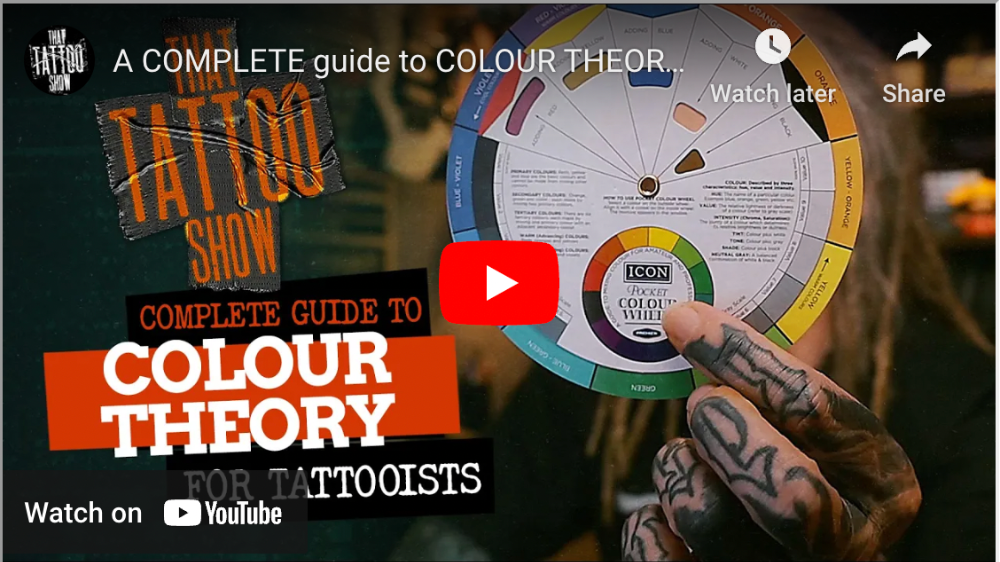What does it take to create a tattoo design that appears to be perfectly tailored to the body?
Our friend Megan Jean Morris starts with the end in mind. Designing on our body brush set “Protoplast” enables Megan to visualize her potential client in a way that flat paper could never offer.

Be sure to check out more of her incredible work here.
Megan was kind enough to share her process with us. Enjoy!
STEP 1
I select the Body Brush that best represents my client's body

STEP 2
I block out main areas of the composition with circles and then sketch loose lines away from those areas to envision the flow I want the final composition to have.
I decided I wanted three distinct tuffs of flowers:
- one on her outer calf/shin (serving as a cover up)
- one on her hip (accentuating her curves)
- and one on her inner shin/back calf (to look cool from behind and support the rest of the design from the inside of her leg in the front, also providing something pretty around her knee area).

STEP 3
- First, it helps me make sure I take the main areas of the canvas into consideration. Making sure there is something pretty and interesting happening on each.
- Secondly, seeing a full layout encourages my client to see a bigger picture even if they are not sure if they are doing a full sleeve.
STEP 4
STEP 5
Select some favorites I might use as the main subject matter in main areas of canvas.

Step 6
Start laying out the design. On this one, I accidentally got away from my original flow sketch and had to cut back and create three individual masses again instead of a steady flow of flowers moving up the leg... because I really want the end piece to feel like it has three separate masses of flowers.

In the end ,I had 2 versions of the design she could choose:
One with a Rose on her hip and a Magnolia on her ankle...

...and a second with an Iris up top and a Columbine on her ankle.

I told her I prefer the Rose and Magnolia but was prepared with backups in case she doesn't like roses.
My clients will usually take my suggestions, but having a back up can save time the day of the session so we don't have to spend tattoo-time redesigning.

STEP 7
I was able to stencil the flowers onto her leg but had to freehand an area of the lupin as a cover up and also some of my flow lines, stems and leaves with sharpies. I was able to use my design as a reference while I drew on her.
I tattooed two days in a row to achieve what we see here. About 7 hours of tattooing each day.




Thanks, Megan, for sharing your Protoplast process with us! We are so inspired by your art and know that others will learn from your layout process.
Check out more from Megan's page:

